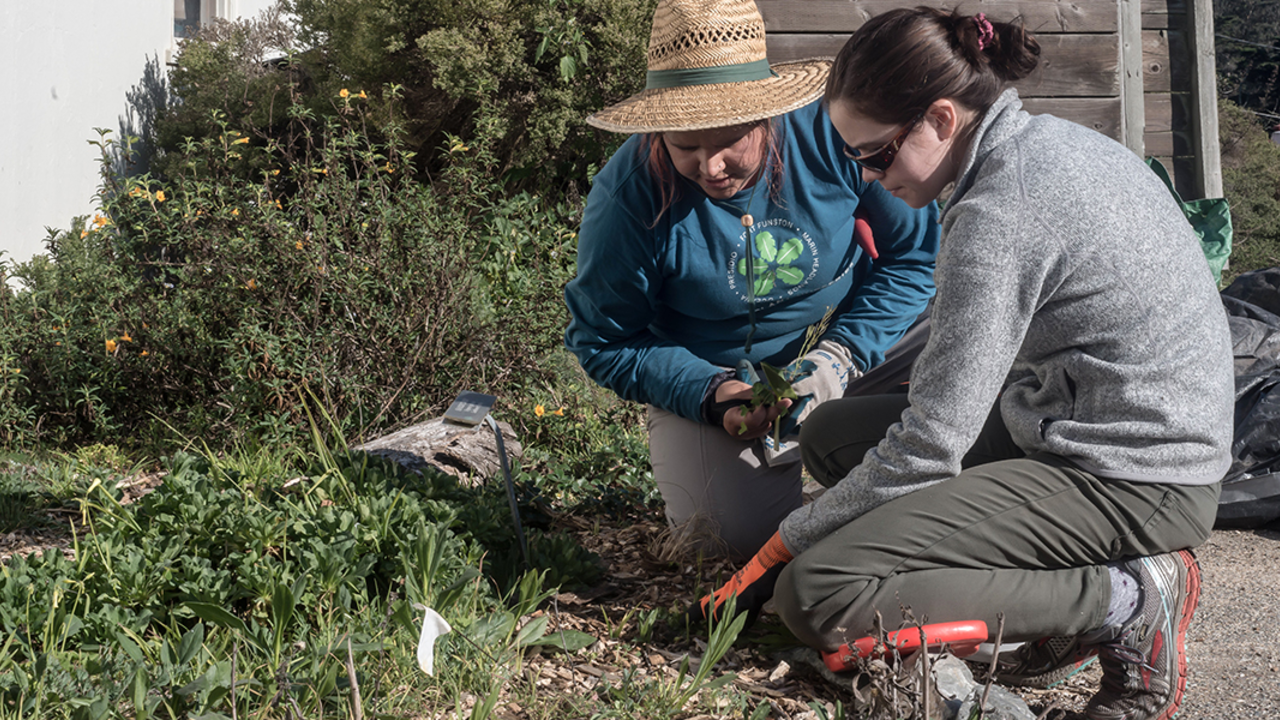Our Expert Tips for Planting Your Native Plant Garden

Lauren Gee/National Park Service
It’s planting season! That’s right; this is the best time of year for planting natives. It is the dormant season for most plants, which will keep them from experiencing any transplant shock to their roots or water loss from their leaves with changing temperatures. Also, it’s raining! Take advantage of the weather, cut down on watering, and watch your plants GROW!
Here are a few tips that to keep in mind as you work on your own native plant garden this winter:
• Get down on your hands and knees and weed! The rain is great for your new plants but the weeds love it too. Be sure to get them when they are small to keep them from out-competing newly planted natives for nutrients and other resources. Use a tool to loosen that soil around your weeds to make pulling them out, roots and all, even easier.
• Watering in the winter? This isn’t always necessary but don’t be fooled by the rains. It’s still good to check the soil moisture in your garden in various places and around new plantings; maybe some areas are too wet! Also, how many droplets do you think made it into your potted plant? 30? 1,000? Potted plants outside in the rain can still dry out; be sure to still routinely check your soil wherever it may be.
• Have you been waiting for the perfect time to mulch your garden? Well the time has come to add that little bit off pizzazz to your garden and make your plants POP! Mulch is a great way to spruce up your yard and give it a fresh new look.
• If you haven’t pruned or tidied in a while do this before you mulch in order to mask your trimmings and keep your garden looking fresh. Don’t like weeding? Then deep layers of mulch can be used to help with weed suppression, as well as retention of moisture in the soil. But be sure to keep it away from the crowns (where the roots hit the shoots) of the plants, to prevent your plants from rotting, especially for plants that die back annually.
• Divisions and seeds and bulbs, oh my! Now’s the time to divide your clumping plants, sow some wildflower seeds, and plant your bulbs. Do all this after the first few rains, to ensure that there is ample moisture in the soil to support their root development, but remember to provide supplemental watering in periods of drought.
• Cut…it…out! “Dead head” by cutting back dead growth, old flower stalks, grasses and fern fronds etc. While most deadheading is done in the fall, many flowers and seeds can provide much-needed food in early winter for birds and other wildlife. Let’s think of the critters and leave some for them!